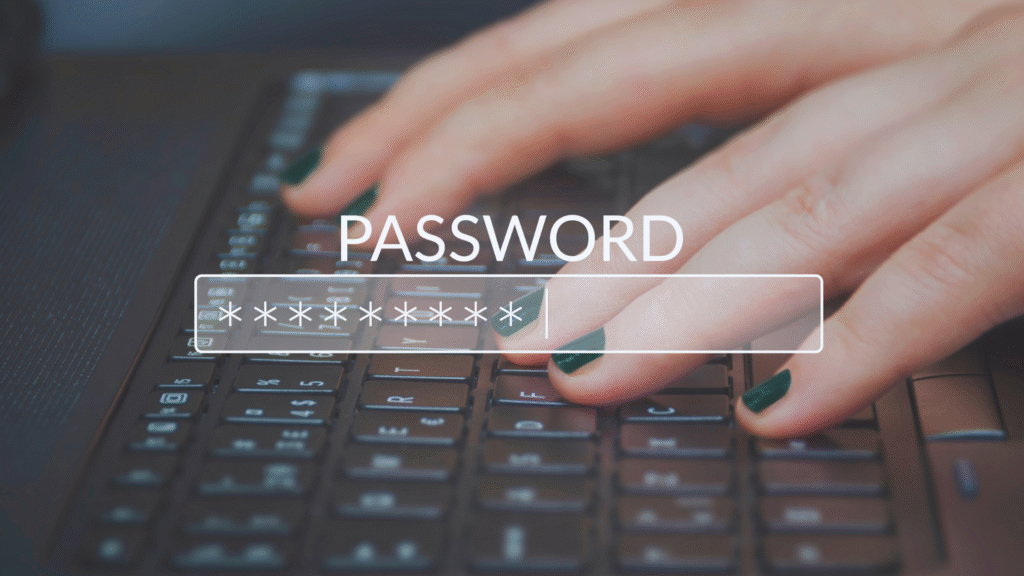In a world increasingly reliant on digital interactions, maintaining strong security measures is vital. Creating unbreakable passwords is essential for protecting personal data and ensuring online safety. Many users underestimate the importance of a robust password, making them vulnerable to cyber threats and identity theft.
To build an effective password, individuals should combine letters, numbers, and special characters while avoiding easily guessable information like birthdays or common words. Moreover, using long passwords significantly enhances security, as longer combinations are harder for attackers to crack.
Employing password managers can also simplify the process of generating and storing complex passwords, providing an extra layer of convenience without sacrificing security. By taking these steps, anyone can significantly boost their digital safety and reduce the risk of unauthorized access.
Why Unbreakable Passwords Are Critical for Digital Security
Creating strong passwords is essential for protecting sensitive information and maintaining online security. Understanding password strength, recognizing the risks of weak passwords, and acknowledging the consequences of poor password security are crucial for safeguarding digital assets.
Understanding Password Strength
Password strength is determined by several factors, including length, complexity, and unpredictability. A strong password typically consists of at least 12-16 characters, combining uppercase and lowercase letters, numbers, and special symbols.
For example, “P@ssw0rd123!” is much stronger than “password123”. A strong password is difficult to guess and resists brute force attacks, where attackers try every possible combination. Strong passwords enhance account protection by making unauthorized access significantly more challenging.
The Risks of Weak Passwords
Weak passwords expose individuals and organizations to numerous cyber threats. Common passwords like “123456” or “password” are easily exploited using simple algorithms or hacking tools.
Additionally, using the same weak password across multiple accounts increases the risk of identity theft. If one account is compromised, all others using the same credentials are at risk. The evolution of hacking techniques means even seemingly innocuous passwords can be dangerous.
Consequences of Poor Password Security
The consequences of poor password security can be severe and far-reaching. Individuals may face financial loss resulting from unauthorized transactions or loss of access to accounts. Businesses can suffer reputational damage and loss of customer trust if client data is compromised.
In extreme cases, the fallout can lead to legal action and regulatory penalties. Therefore, prioritizing unbreakable passwords as part of a broader digital security strategy is vital for both personal and professional environments. Strong passwords are a foundational element in the protection against evolving cyber threats.
How to Create Unbreakable Passwords
Creating strong passwords is essential for maintaining digital security. This involves certain practices related to password length, complexity, the use of special characters, and awareness of common mistakes.
Optimal Password Length and Complexity
A strong password should consist of at least 12 to 16 characters. Length is crucial as it increases resistance against brute force attacks, where automated systems attempt numerous combinations to crack a password.
Complexity includes the use of uppercase and lowercase letters, numbers, and symbols. A balanced mix not only enhances security but also creates a unique pattern difficult to guess. For example, a password like G7%l89k@Xq!z exemplifies optimal characteristics.
Using Special Characters and Random Words
Incorporating special characters, such as @, #, $, and %, enhances password strength significantly. These symbols add layers of unpredictability that thwart guessing attempts.
Another effective method is using random words combined with special characters and numbers. For instance, the phrase Tree$Mango45!River is memorable yet secure. This technique leverages both human memory and computational difficulty in breaking the password.
Avoiding Common Password Mistakes
Many users fall into the trap of creating easily guessable passwords, such as password123 or qwerty. Such common choices are the first targets for attackers using dictionary attacks.
Additionally, reusing passwords across multiple sites increases vulnerability. If one account is compromised, others become susceptible as well. Encouraging unique passwords for each account can mitigate this risk significantly.
Advanced Strategies to Enhance Password Protection
Enhancing password protection involves several advanced strategies that increase security and mitigate risks. Utilizing password managers, implementing multi-factor authentication, and recognizing phishing attempts are key components of a robust password security strategy.
Leverage Password Managers
Password managers store and encrypt passwords, allowing for the creation of complex, unique passwords for each account. They can generate strong passwords, often consisting of random characters, which are difficult to crack.
Benefits of password managers include:
- Convenience: They auto-fill credentials on websites and apps, reducing the need to remember multiple passwords.
- Security: Strong encryption protects the stored passwords against unauthorized access.
- Auditing: Some managers highlight weak or reused passwords, helping users improve their security posture.
Choosing a reputable password manager is critical. Verify that it uses strong encryption methods and offers additional features, such as secure sharing.
Implement Multi-Factor Authentication
Multi-factor authentication (MFA) adds an extra layer of security beyond just a password. Even if a password is compromised, this additional step can thwart unauthorized access.
MFA typically involves two or more of the following:
- Something you know: A password or PIN.
- Something you have: A smartphone app for generating codes or a hardware token.
- Something you are: Biometric verification, such as fingerprint or facial recognition.
By requiring multiple forms of verification, MFA significantly reduces the likelihood of unauthorized access, making it a vital strategy for protecting sensitive accounts.
Recognize and Prevent Phishing and Social Engineering
Phishing and social engineering tactics are common methods attackers use to compromise accounts. Awareness is essential for prevention.
To recognize phishing attacks, users should:
- Inspect email sources: Verify the sender’s address for authenticity.
- Avoid clicking on links: Hover over links to see the actual URL before clicking.
- Look for unusual requests: Be cautious of any urgent or unusual communication requesting sensitive information.
Training on recognizing these tactics helps users build a defensive mindset. Regularly discussing potential threats in team environments can also foster a culture of security awareness, strengthening organizational defenses against social engineering.

